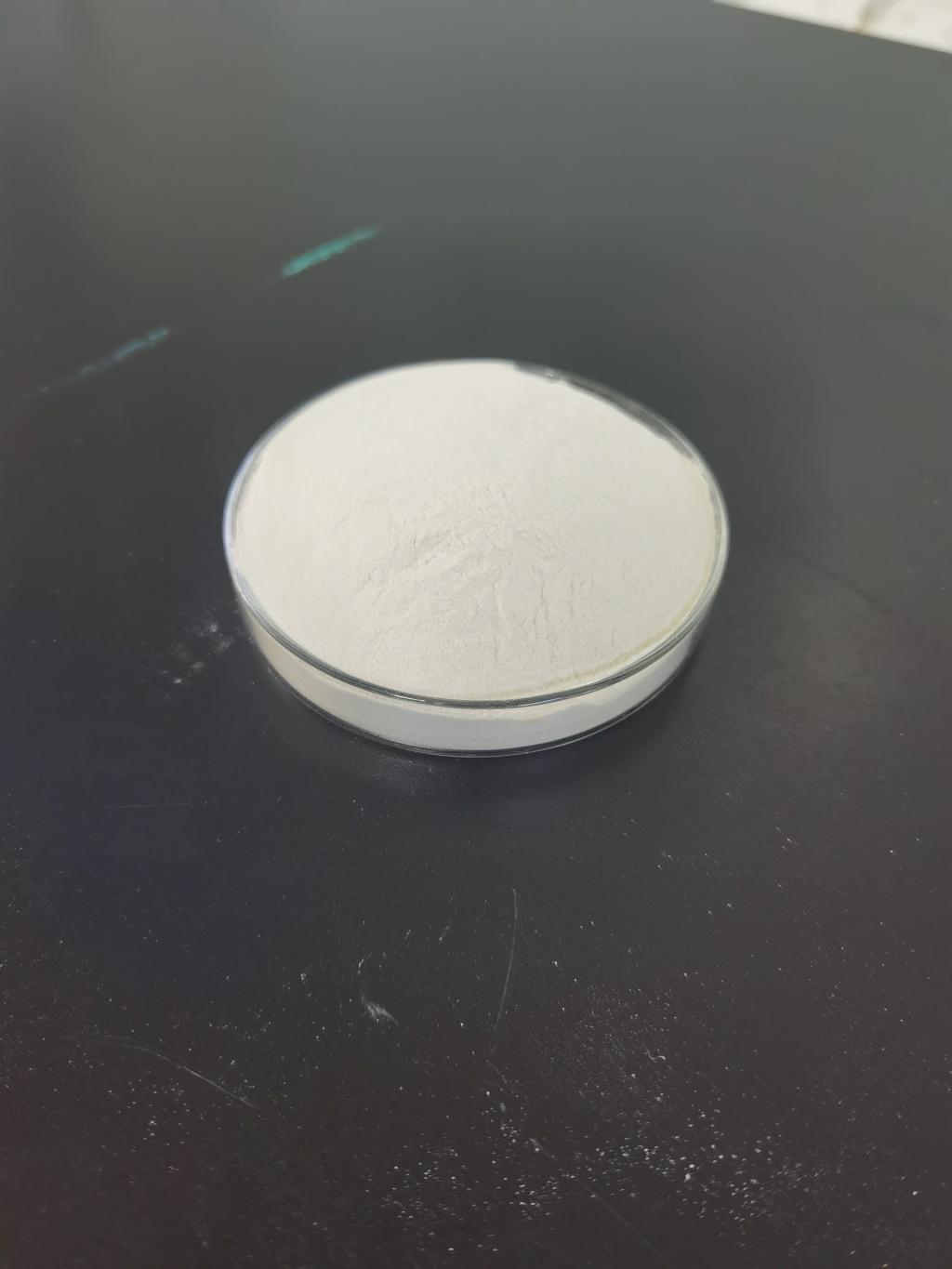Tel:+8618231198596

News
 CONTACT
CONTACT
 CONTACT
CONTACT
- Linkman:Linda Yao
- Tel: +8618231198596
- Email:linda.yao@dcpharma.cn
- Linkman:CHARLES.WANG
- Department:Overseas
- Tel: 0086 0311-85537378 0086 0311-85539701
News
Current Position:
Home >
News
>The Economics of Nisin: Balancing Cost and Quality in Food Production
The Economics of Nisin: Balancing Cost and Quality in Food Production
TIME:2023-12-14
The Cost Imperative in Food Production
Cost considerations are paramount in the highly competitive food industry. Producers must navigate expenses related to raw materials, processing, packaging, and distribution, all while maintaining competitive pricing to meet consumer demands. Traditional preservatives and antimicrobial agents often come with costs, both monetary and in terms of potential consumer backlash due to perceived negative health effects.
Nisin: A Natural and Cost-Effective Solution
Nisin's natural origin and production during the fermentation of certain bacteria position it as a cost-effective alternative to synthetic preservatives. Its efficacy against a broad spectrum of Gram-positive bacteria, including foodborne pathogens, makes it an attractive option for food producers looking to enhance safety without compromising the bottom line.
Mechanisms of Cost Savings with Nisin
The use of nisin can result in cost savings across multiple stages of food production:
a. Extended Shelf Life: By inhibiting the growth of spoilage and pathogenic bacteria, nisin helps extend the shelf life of perishable foods. This reduces the frequency of product turnover and minimizes waste, contributing to cost savings.
b. Reduced Need for Chemical Preservatives: Nisin's role in food preservation may allow for a reduction in the use of synthetic chemical preservatives. This not only aligns with consumer preferences for clean-label products but also lowers the costs associated with procuring and incorporating these preservatives.
c. Minimized Recall Risks: Contamination incidents and product recalls can be economically devastating for food producers. The antimicrobial properties of nisin contribute to a lower risk of contamination, potentially reducing the financial impact of recalls.
Quality Considerations: Enhancing Product Integrity
While cost savings are essential, maintaining product quality is equally crucial for food producers. Nisin, with its selective action against harmful bacteria, allows for the preservation of the natural taste, texture, and nutritional value of food products. This preservation of quality contributes to consumer satisfaction and brand loyalty, factors that can positively impact a company's economic standing in the market.
Regulatory Landscape: Navigating Compliance
The economic viability of incorporating nisin into food production is closely tied to regulatory considerations. Ensuring compliance with regional and international regulations is essential for market access. Nisin has generally been recognized as safe (GRAS) in many jurisdictions, but navigating the evolving regulatory landscape requires ongoing diligence and collaboration between producers and regulatory authorities.
Consumer Perception: Valuing Safety and Natural Solutions
Consumer preferences play a pivotal role in shaping the economics of food production. As health-conscious consumers increasingly seek natural and clean-label products, the use of nisin aligns with these preferences. Educating consumers about the natural origin and safety of nisin can positively influence purchasing decisions, contributing to the economic success of products containing this natural antimicrobial.
Challenges in the Economic Integration of Nisin
While nisin presents economic advantages, challenges exist in its widespread adoption:
a. Initial Investment: Incorporating nisin into existing production processes may require initial investments in equipment, research, and development. Producers must weigh these upfront costs against the potential long-term benefits.
b. Stability and Compatibility: Addressing stability issues and ensuring compatibility with different food matrices can pose challenges. Research and development efforts are crucial for optimizing formulations and application methods.
Economic Impact on the Food Industry
The adoption of nisin can have a ripple effect on the broader food industry. As more producers integrate this natural antimicrobial into their processes, economies of scale may contribute to lower production costs for nisin-related products. This, in turn, could foster increased accessibility and affordability of safe, high-quality food products for consumers globally.
Future Trends: Innovations and Collaborations
Looking ahead, ongoing research and innovations may lead to advancements in the use of nisin. Collaborations between researchers, food producers, and regulatory bodies can facilitate the development of novel formulations, application methods, and synergistic approaches. These innovations could further enhance the economic viability and sustainability of nisin in food production.
Conclusion
The economics of nisin in food production encapsulate a delicate balance between cost considerations, quality preservation, and regulatory compliance. As the food industry evolves to meet consumer demands for natural, safe, and high-quality products, the adoption of nisin represents a promising solution. By addressing challenges, investing in research and development, and navigating regulatory landscapes, food producers can harness the economic benefits of nisin while contributing to a safer and more sustainable global food supply.
- Tel:+8618231198596
- Whatsapp:18231198596
- Chat With Skype







